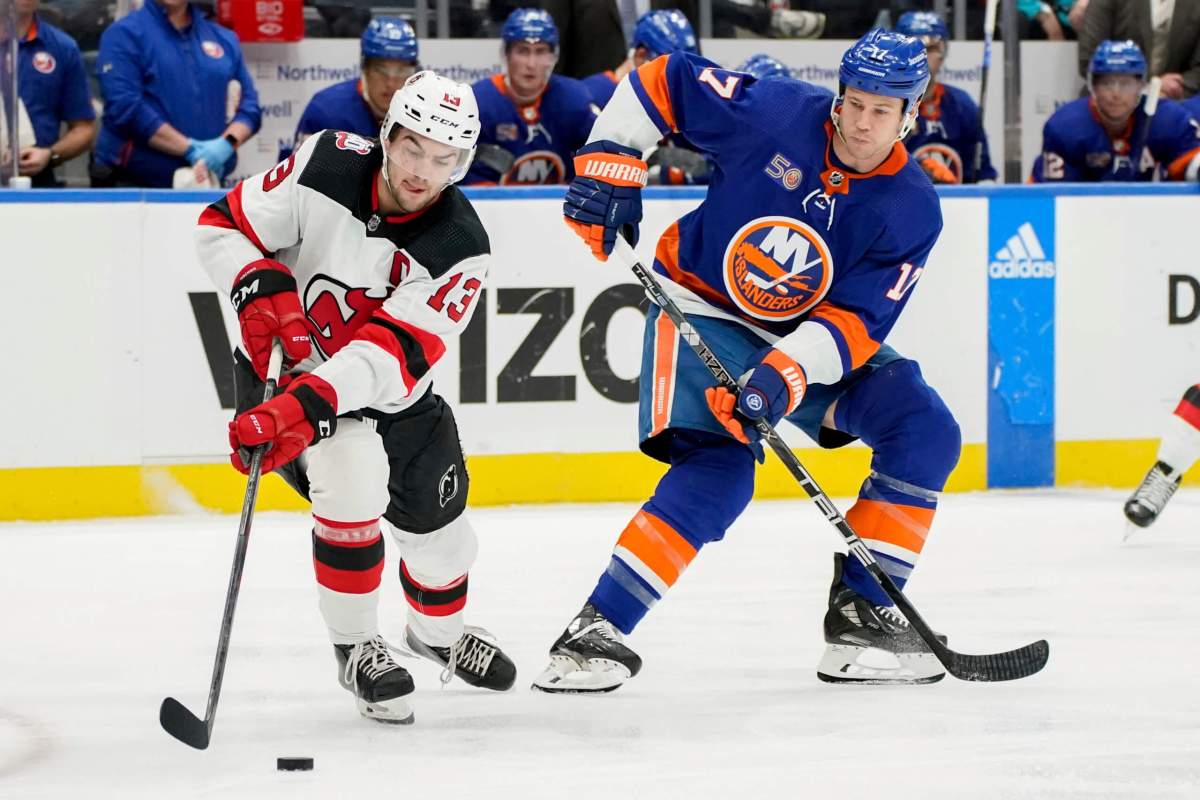Online social networking sites like Facebook and Twitter can seem like a chaotic flood of uncontrolled information, but what if there is method to all the madness?
One Ryerson researcher believes not only can we eventually find order within all the chaos, but with the right mathematical model, we could one day we could track where stories start, how they spread and even pinpoint terrorist cells hiding within online social networks.
Anthony Bonato, 38, is a researcher and mathematician at Ryerson University in Toronto fascinated by how information collects, coalesces and spreads throughout online social networks, especially because people use them so extensively. Bonato says about half of all Internet users use social networking sites, a staggering statistic given that five years ago most of them didn’t even exist.
“We now have a vast and historically unprecedented amount of social interaction present on these websites. It’s a really interesting time to see all these networks emerge. They suggest a new paradigm in the way people interact,” Bonato said.
The immense power of online social networks to collect and spread information quickly was highlighted this past December in a contest organized by DARPA to celebrate the 40th anniversary of the Internet. Teams were tasked with finding 10 large, moored red balloons hidden throughout the entire United States. A team from MIT found all ten balloons in just nine hours by harnessing online social networks to get tips on the balloons’ whereabouts.
By understanding exactly how such networks move information so quickly, governments could use mathematical models to find and track terrorist cells as they communicate with one another or advertisers could pinpoint the most important users on a network to more efficiently disseminate information about products and services. Bonato says the ultimate goal is to create a single unifying theory of networks – a pipe dream, perhaps, but one that promises plenty of valuable insights along the way regardless.
“What we’re hoping to do is to use the graph structure to tell us a little more about the underlying reality of these users and networks. It’s beautiful to see the patterns that emerge,” Bonato said.
Most intriguing perhaps, Bonato says, is that online networks seem to follow principles similar to those shared by biological networks, suggesting that all networks regardless of where or what they are can be compared on similar lines.
“It’s pretty obvious nature is trying to tell us something. Many of these networks share common properties. We want a universal theory of networks, even though that will probably never happen,” Bonato said.
















